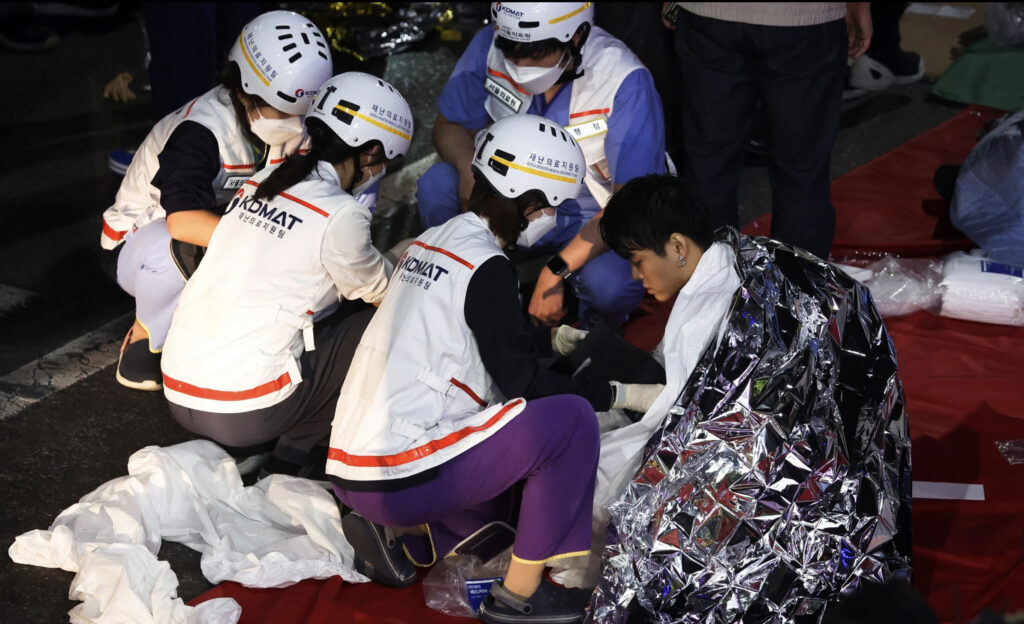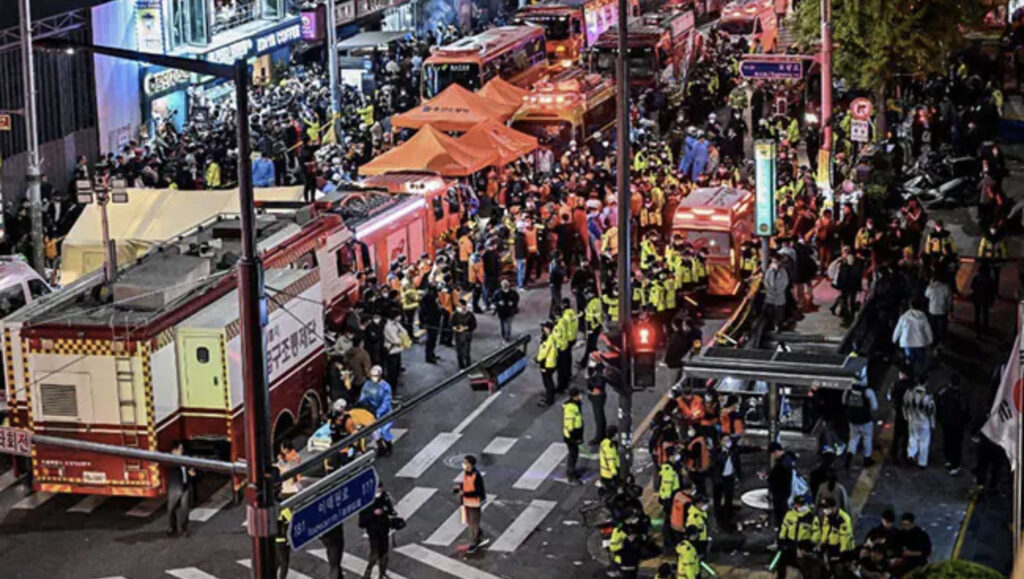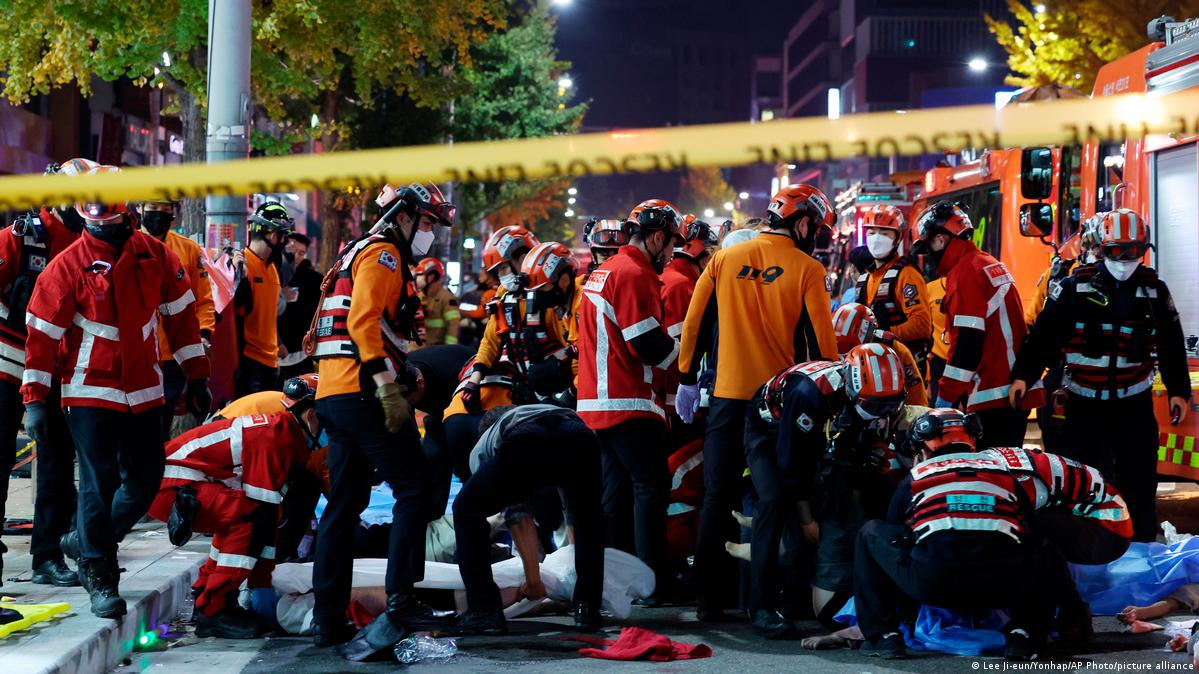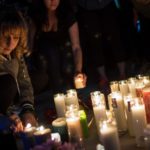Itaewon; halloween from hell
154 people have died in Seoul this past weekend, in what the media is calling a ‘crush’ in the streets of itaewon. But how do these stampedes occur and how can they be prevented.
On Saturday, the 29th of October, in South Korea’s capital Seoul thousands of locals and tourists alike gathered in the streets in the district of Itaewon, within the city of Seoul, to celebrate halloween, amassing to an enormous crowd of nearly 100 000 people. What started as a festive night of partying and celebration quickly transformed into one of the worst disasters the city has ever seen, ultimately due to a lack of planning and organisation, resulting in the loss of innocent lives. Just after 10pm chaos was unleashed on a narrow side street of restaurants and bars close to the itaewon station. Reportedly crowds were seen cascading through the streets. Until ultimately a so called stampede occurred. People falling over each other due to lack of space creating a domino effect of people getting trampled under foot. One person falls onto the next creating a cycle as people fall, trapping others and suffocating them under the pile, with people being seen even scaling buildings along the street in order to escape. The casualties mainly consisting of young adults, all but one victim has been identified, with 26 being tourists, and 6 of the fatalities being children.

As the families of the victims, as well as the country itself, continue to mourn the deaths of the 154 victims, with even more injured, what actually happened in Itaewon for such tragedy to occur? This year has been the first halloween celebration since the lifting of Covid restrictions within the city, creating a certain significance and popularity surrounding the event, attracting masses of people to the streets to celebrate. With this in mind surely, large numbers would have been expected to come to the festival and therefore proper planning should have been involved in order to be able to manage this substantial crowd. However this was evidently not the case as witnesses state that there was little crowd management on the day before the mass turned deadly. As I stated, just past 10pm the first call to the emergency services was made, however even with a quick and efficient response to the call, the sheer density and volume of the body of people made it near impossible for those in crisis to receive medical attention, further amplifying the atmosphere of panic.

A crowd crush is described to be catastrophic incidents occurring when a body of people become dangerously overcrowded resulting in serious injury and even being fatal, as seen in Seoul, to those within the crowd, yet certain questions have arisen surrounding the circumstances of the disaster. The number of people in Itaewon that night ultimately meant that people were suffocated by each other. When there are that many people in such a confined space a simple movement can trigger a crush. However with proper management and organisation this tragedy, ultimately could’ve been avoided. In response to the disaster, president Yoon Suk-yeol called an emergency meeting, demanding for the victims to be identified. Yoon has announced new measures in light of the tragedy, declaring officials will carry out ‘emergency inspections’ and ‘thoroughly manage’ such events in the future so that they are ‘conducted properly and in a safe manner’ as well as announcing a period of national mourning, lasting until the 5th of November, in memory of the victims.















Post Comment
You must be logged in to post a comment.